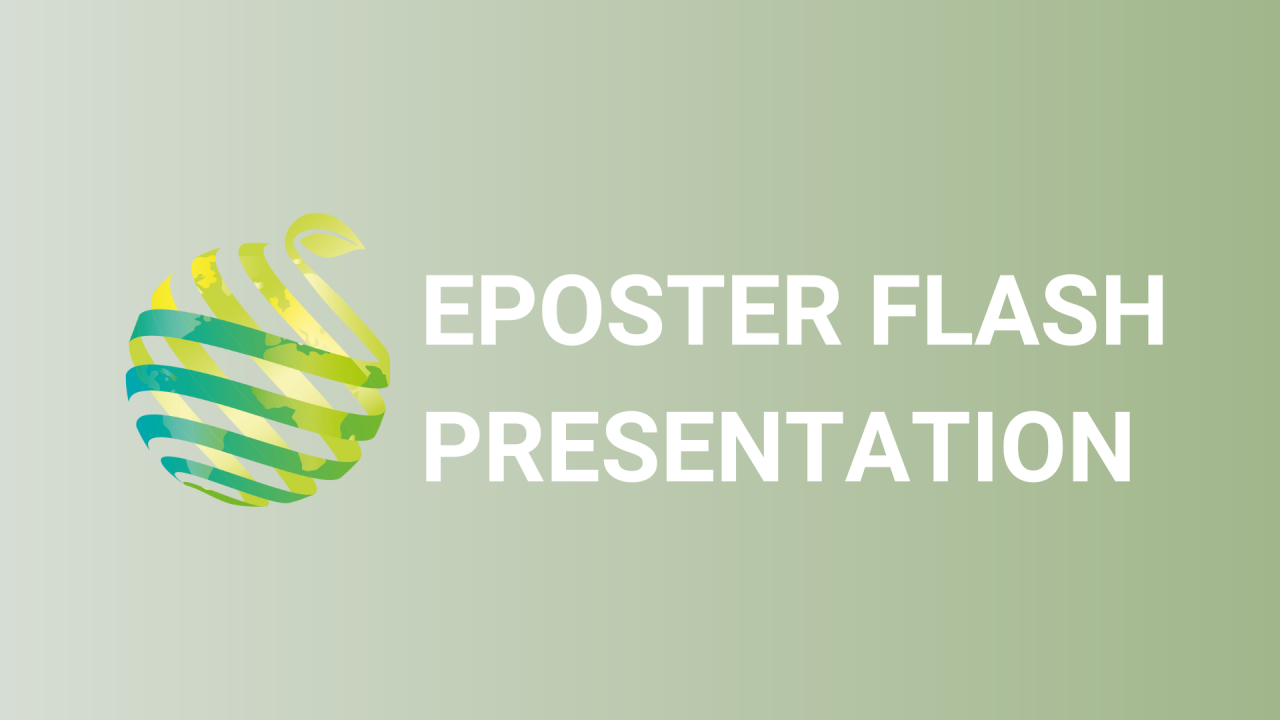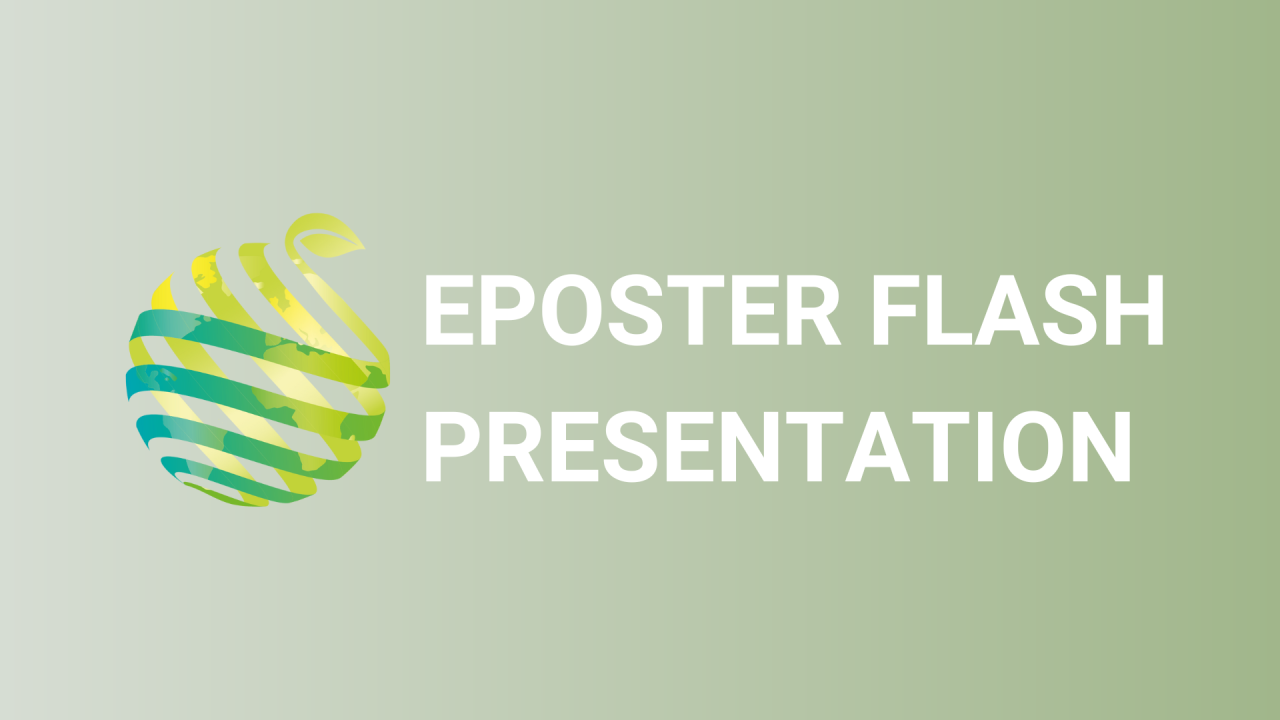

S15 - Session P3 - Alternative fertilisers from legumes and waste materials for organic vegetable production: yields and nutrient balances of cabbage and spinach
Information
Authors: Carolin Weiler *, Sadia Sana, Kurt Möller, Sabine Zikeli
Most organic vegetable farms work stockless and are therefore heavily dependent on external commercial fertilisers approved for organic farming. These fertilisers often consist of residues from conventional agriculture (feather meal, pig bristles, manure from intensive conventional livestock farming), which may contain contaminants (veterinary medicines, pesticides) that are not accepted in organic farming. In addition, especially the use of base fertilisers such as solid manure or compost can lead to a nutrient imbalance, since the nutrient output by the harvested products does not correspond to the input by the fertiliser. Alternative (vegan) fertilisers made from regionally available waste products (biogas digestate from household waste and tofu whey) and clover-grass-based fertilisers (on-farm production, regionally or commercially available) were compared with standard fertilisers in organic farming (horn fertiliser and composted farmyard manure) in a two-year experimental trial under organic growing conditions. The experiment was conducted with the following crop rotation: early cabbage (white) - spinach - winter wheat, the target N fertilization to the main cabbage crop was 220 kg N ha -1 . In total biomass yield as well as in yield of marketable heads of cabbage (> 1kg), the fertilisers clover pellets, both biogas digestates and the tofu whey did not differ significantly from horn grit. Fertilization with clover grass silage, on the other hand, resulted in the lowest yields. For spinach, no significant differences were found between the treatments. The highest yields were obtained with the two clover (grass)-based fertilisers, with slightly higher yields than horn grit and composted farmyard manure. Nutrient balances were calculated using nutrient inputs and outputs (crop yields of white cabbage and spinach) over two experimental years. Strong K deficits were present in some of the fertilisers. P surpluses could only be detected for the composted farmyard manure. The clover grass-based fertilisers had lower K deficits compared to horn fertiliser.